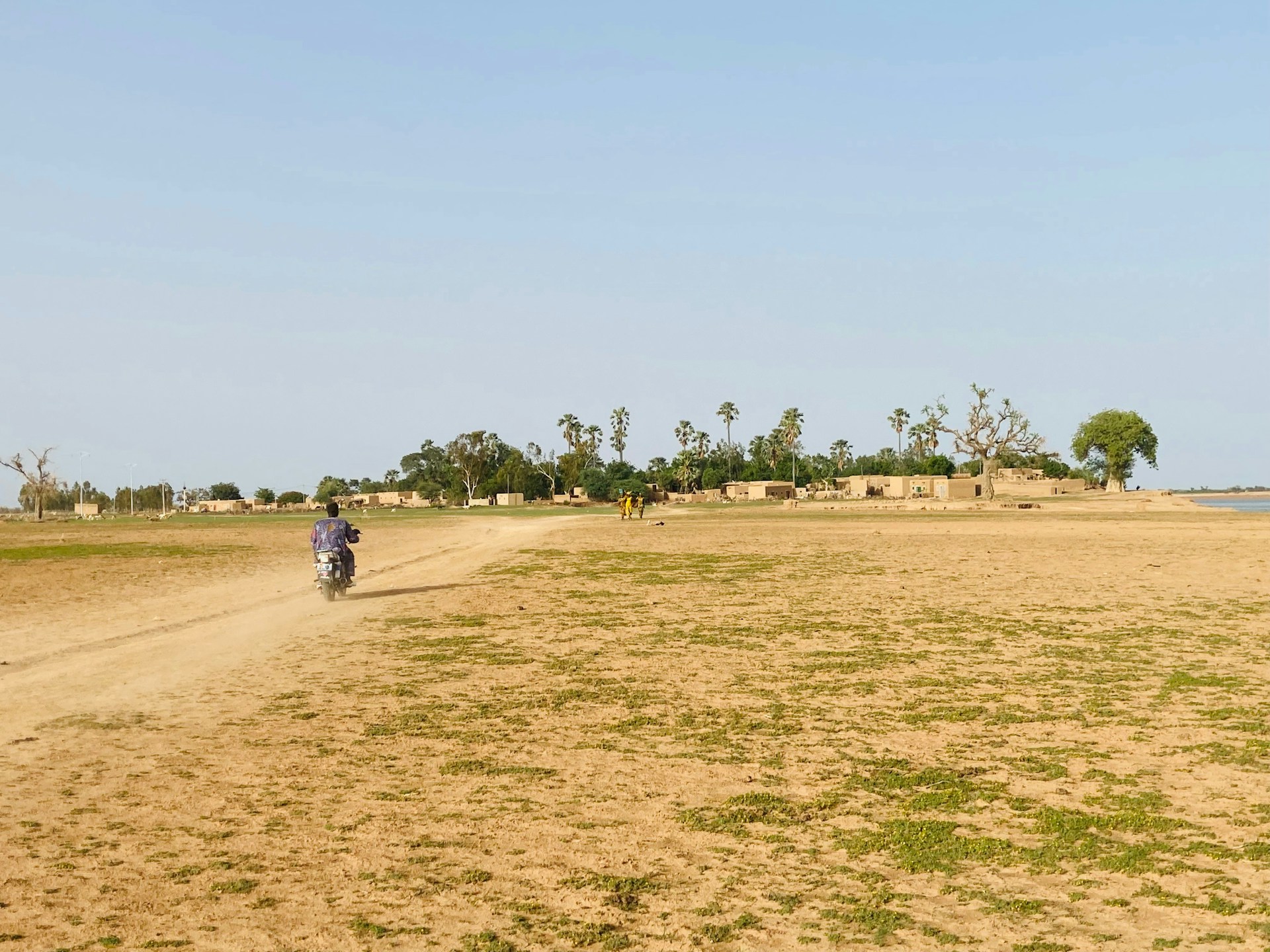The average temperature across the world in 2023 was the highest ever recorded and, with month after month continuing to break heat records and the hottest day ever recorded on 22 July, 2024 is on track to be even worse.
The highest temperatures are generally recorded in countries close to the Equator, where yearly averages are around 28°C. While that does not seem like such an unbearable climate, the mean is taken down by winter night temperatures, with records nearing 50°C on the hottest days.
For example, Mali, the hottest country in the world, according to the World Population Review, has an average yearly temperature of 28.83°C, but the mean goes up to 42.22°C for the days between March and October, with the highest recorded temperature of 49.8°C being logged in April 2021. Even during January, the coolest month, daily temperatures average just slightly under the yearly mean, at 28.33°C. It is the 14-18°C winter nights that bring down the overall value.
A little over half a degree after Mali is its southeast neighbour, Burkina Faso, with an annual average of 28.25°C. In the same region, but bordering Mali to the west, are Senegal and Mauritania, which come in 6th and 7th place respectively as the first countries with an annual average temperature of under 28°C, at 27.85°C and 27.65°C.
- Mali – 28.83°C
- Burkina Faso – 28.25°C
- Kiribati – 28.2°C
- Djibouti – 28°C
- Tuvalu – 28°C
- Senegal – 27.85°C
- Mauritania – 27.65°C
- Maldives – 27.65°C
- Palau – 27.6°C
- Benin – 27.55°C
Perhaps somewhat counter-intuitively, the city with the highest average temperature in the world is in none of these countries. Jazan City, in Saudi Arabia, with an annual mean of 29.9°C, over a full degree above Mali and well above the country’s 26.2°C, is the hottest city in the world. Even during the coolest month of the year, January, the average low only goes down to 22.78°C while the average high is almost in line with the annual mean, at 29.44°C. From April to October however, temperatures frequently exceed 40°C.
The hottest place on Earth is also in none of the hottest countries. The Death Valley, which has an average daily high of 45°C in the air, with the record of 56.7°C reached in 1913 and the ground even reaching scorching 93.9°C, frequently melting through curious visitors’ shoes and causing severe burns on their feet, is in California, USA.










